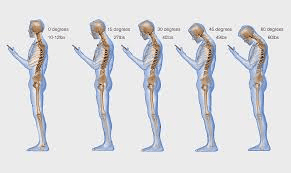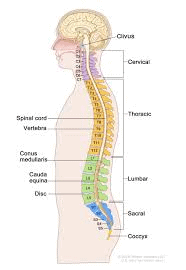Your spine is made up of 33 individual bones that interlock the spinal column with each other to form. The vertebrae are divided into regions and are numbered: cervical, thoracic, lumbar, sacrum, and coccyx. Only the top 24 bones are moveable; the sacrum and coccyx vertebrae are fused. The vertebrae have specific features in each area that help them perform their key functions. Issues with the bones of the spine can be assessed and helped by visiting a Chiropractor Dublin way for a consultation.

The primary function of the cervical spine is to support the weight of the head. Cervical (neck) (about 10 pounds). C1 to C7 are numbered as the seven cervical vertebrae. Due to two specialised vertebrae that attach to the skull, the neck has the greatest range of motion. The ring-shaped atlas that attaches directly to the skull is the first vertebra (C1). The nodding or “yes” motion of the head is permitted by this joint. The second vertebra (C2) is the peg-shaped axis that the atlas pivots around, which has a projection called the odontoid. The side-to-side or “no” motion of the head is made possible by this joint.
Thoracic (mid back) – holding the rib cage and shielding the heart and lungs is the main feature of the thoracic spine. The twelve vertebrae of the thorax are numbered T1 to T12. In the thoracic spine, the range of motion is limited.

Lumbar (low back) – it is the main function of the lumbar spine to carry the body’s weight. The five vertebrae in the lumbar are numbered L1 to L5. These vertebrae are much larger in size to absorb the burden of raising and holding heavy items.
Sacrum – The sacrum’s main purpose is to link the spine to the hip bones (iliac). Five of the sacral vertebrae are fused together. They shape a ring along with the iliac bones, called the pelvic girdle.
Coccyx area – The four coccyx or tailbone fused bones provide attachment to pelvic floor ligaments and muscles.
